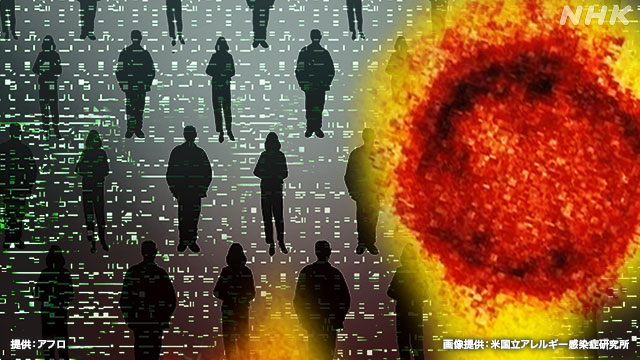It has been one week since all priority measures such as spread prevention were lifted, and the number of newly infected people in the week up to the 28th has been on a gradual declining trend of 0.86 times compared to the previous week, but it has been flat. Some areas are starting to increase.
Comparing the number of newly infected people in the week up to the 28th with the previous week in the NHK summary, among the 18 prefectures where priority measures such as spread prevention were lifted on the 21st of this month, in 1 metropolitan area and 3 prefectures
▼ 0.88 times in Tokyo,
▼ 0.73 times in Kanagawa prefecture,
▼ 0.93 times in Saitama prefecture,
▼ 0.80 times in Chiba prefecture, ▼
0.78 times in Osaka prefecture,
▼
0.82 times in Kyoto prefecture,
▼ 0.81 times in Hyogo prefecture , In
Tokai
▼ In Aichi prefecture, 0.88 times, etc., and the gradual decreasing trend continues in most cases.
On the other hand,
▼ Hokkaido is flat at 0.99 times
▼ Tochigi prefecture is 1.03 times,
▼ Gifu prefecture is 1.07 times, which is an increase from the previous week.
In addition, even in areas where other priority measures were canceled or where priority measures were not applied,
▼ Akita prefecture 1.07 times,
▼ Tottori prefecture 1.15 times,
▼ Hiroshima prefecture 1.06 times,
▼ Saga prefecture 1.13 times,
▼ Oita prefecture has increased 1.20 times,
▼ Kagoshima prefecture has increased 1.33 times, and
▼ Okinawa prefecture has increased 1.14 times.
The number of newly infected people has been declining gradually nationwide, but on average for one week, it is still about 1.7 times the peak of the fifth wave last summer.
An expert meeting of the Ministry of Health, Labor and Welfare pointed out last week that the number of people in downtown areas at night has been increasing continuously since just before the cancellation of the priority measures. Infection will start to increase again by increasing the chances of many people gathering and contacting each other, such as at meetings, and by replacing the Omicron strain with a virus called "BA.2", which is said to have higher infectivity. It warns you that it may be possible.
Atsuro Hamada, a specially appointed professor at Tokyo Medical University who is familiar with infectious diseases, said, "Reflecting the effects of the recent three consecutive holidays, we are beginning to see a tendency for infections to increase little by little. The waves are not over yet, and the need for individual measures such as wearing a mask during conversation and not going out if there are any symptoms remains unchanged. Since the speed of booster vaccination is slowing down here. It is also necessary to speed up again and first increase the infectious rate to the same level as in the United Kingdom and France, exceeding 50%. "

